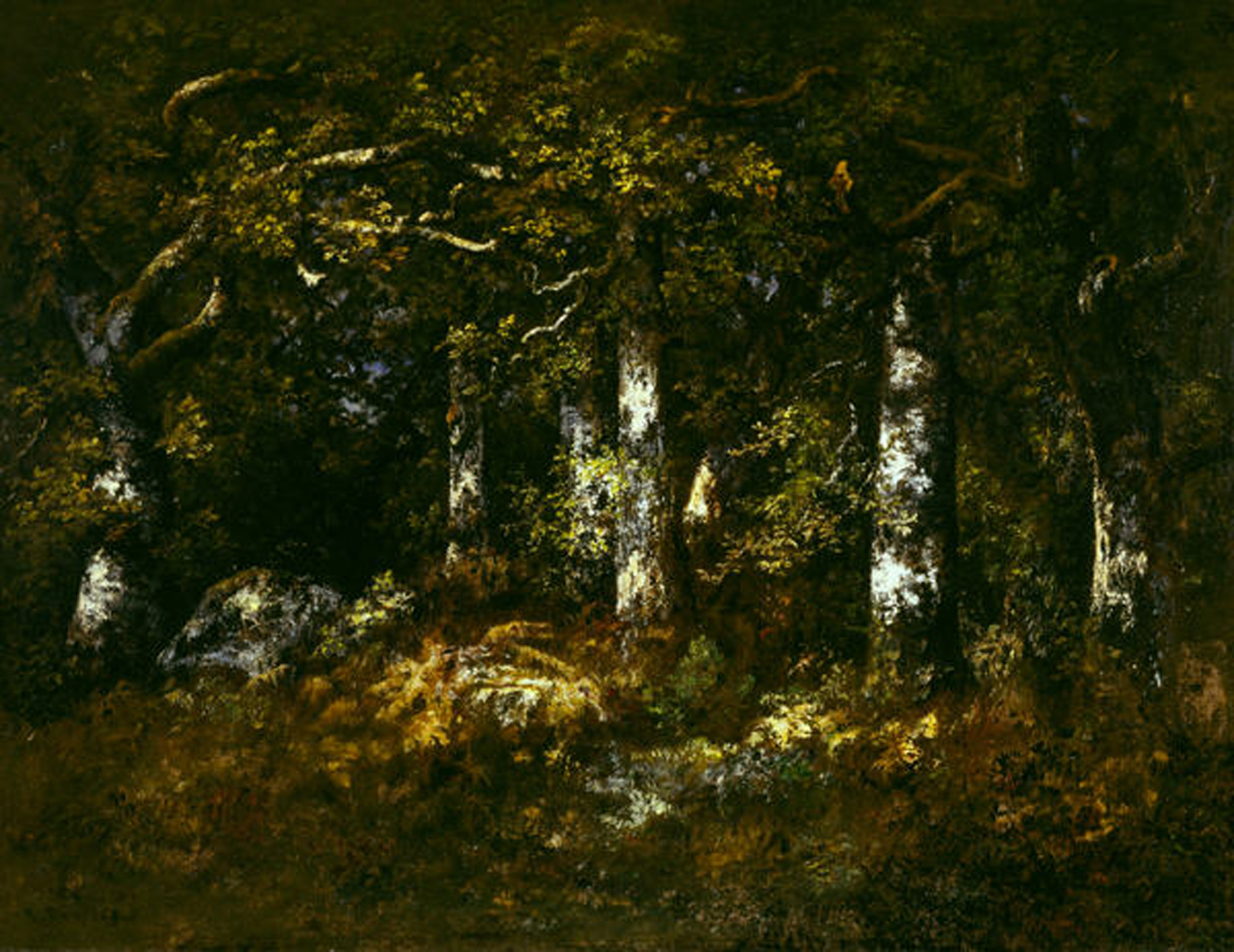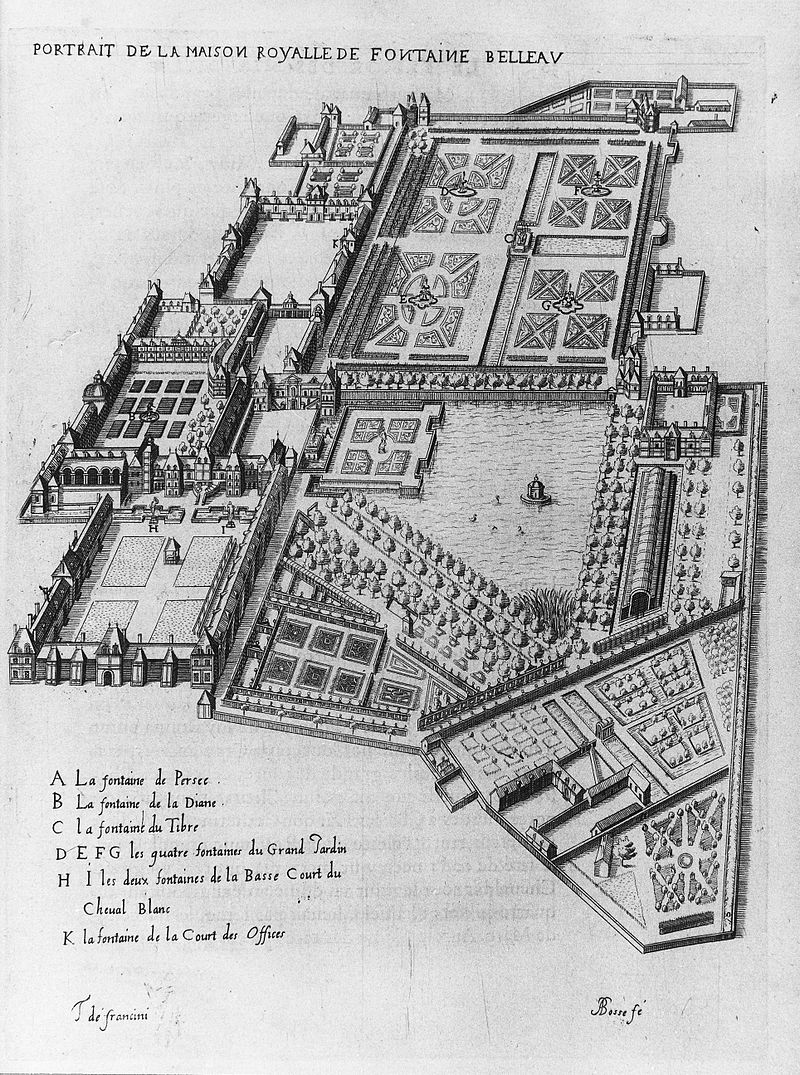I recently went to look around RE/SISTERS A Lens on Gender and Ecology, at the Barbican. In this exhibition the politics goes well beyond environmentalism and feminism, encompassing work that reflects on sexuality, race and the history of colonialism. And yet it would be possible in some cases to wilfully ignore all these strata of meaning and admire a work as landscape art, like Salt Island, a sequence of five photographs embroidered with green thread. We are told by the wall label that Mónica de Miranda's work 'considers the complex experience of Afrodiasporic lives and Europe's colonialist past through a Black ecofeminist lens, drawing on ideas of matrilineal relationships, kinship, migration, slavery and African liberation movements.' However it's hard to get all this from Salt Island and the exhibition would ideally have displayed more of the multimedia project of which this is just a part, The Island. There is a good description of this in a text by Ana Nolasco on the artist's website, including historical background on the “Ilha dos Pretos” (Island of Blacks) which inspired it - stories of an eighteenth century settlement of people of African origin by the Sado River.
The addition of new ways of understanding our relationship with the planet make it increasingly hard to position art in this field. Agnes Denes, for example, is included for her famous Manhattan Wheatfield project, but she is now being criticised for using wheat, a Eurocolonial industrial cereal crop, 'implicated in the displacement of Indigenous people and indigenous plants over much of the continent for at least two centuries' (Catriona Sandilands). Today, artists need to think intersectionally. They have to create arresting work while steering (if I can use a mythological gendered landscape metaphor) between the Scylla of 'Mother Earth' attitudes, that equate women too closely with nature, and the Charybdis of panoramic or abstracting viewpoints, associated with power and possession
Back in 1986, Tee A. Corinne's Isis photomontages placed vulvas
in the landscape of Oregon. Did this go too far in equating the female
body with nature? Context is important: Corinne is well known for her
books and images celebrating lesbian lives and these 'landscapes' were
just one small project in a prolific lifetime's work. It is hard to
criticise artists like Corinne, Ana Mendieta,
Laura Aguilar and others for positioning themselves as part of their
environments, as an alternative to the disembodied vistas of landscape
painters or large-scale interventions of land artists. They were 'performing
ground' - locating 'the self not merely in the world but of it' (Lucy Bradnock). Writing about Corinne's work, Tamsin Wilton argues that her 'celebration of woman in the woodland focuses on women's sexuality, the seat of female sexual pleasure. In other words, precisely what is most often erased in the women-as-landscape genre.'
Symrin Gill's aerial photographs of open-pit mines can be seen as avoiding the industrial sublime by 'alluding to the corporeal' (the series is called Eyes and Storms), emphasising the landscape's 'bodily textures' by allowing shadows to disrupt a two-dimensional 'extractivist viewpoint.' By contrast, Sim Chi Yin does provide a beautiful abstract aerial view (below) as part of her Shifting Sands project. But this aestheticisation of the 'infrastructural' gaze' is juxtaposed with other photographs ('the human gaze') that show the impact of erosion in poorer areas of the Global South. Another artist, Mary Mattingly is represented by some striking unpeopled 2016 photographs: Mineral Seep, where a cliff is transformed into a drip painting by black and brown stains, and Ore Transport, where an uncanny, unfathomable concrete structure, framed by grey water and pale sky, draws you into its shadowy interior. But these too are contextualised with a chalk board Cobalt Map showing the complex system that supports its production and distribution, 'a network of violence that percolates outward from the original site of extraction.'














